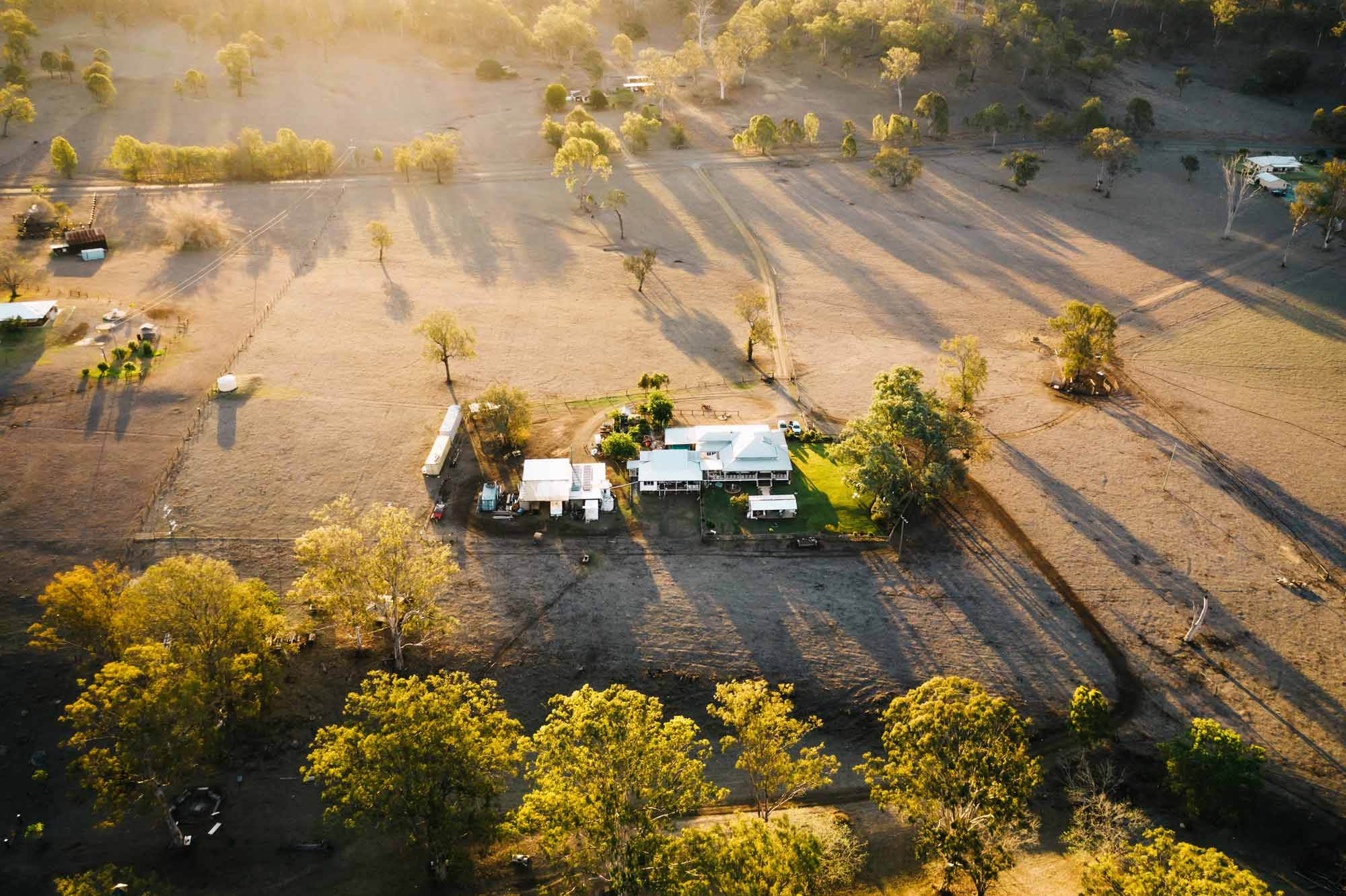News Protecting a precious resource for future generations
Digital Earth Australia datasets have helped raise New South Wales’ capacity for water governance by 500 per cent.
Page last updated:18 June 2024
DEA Water Observations and DEA Waterbodies have helped map more than 90,000 bodies of water and on-farm water storages across New South Wales.
The maps improve understanding of water availability, inform management practices, support water policy implementation, guide compliance, and ensure evidence-based decision-making is embedded across organisations, businesses and communities of the Murray-Darling Basin.
Monitoring flow for more than 300,000 km
In 2020, we supported the MDBA and the New South Wales Natural Resources Access Regulator (NRAR) to conduct the largest, most systematic water monitoring effort in the history of the state.
Using open source Landsat and Sentinel satellite data, as well as data from commercial service provider Planet, NRAR monitored an environmental flow of water as it travelled across an impressive 306,400 sq km of landscape, past more than 3,500 on-farm storages.
NRAR's Chief Regulatory Officer, Grant Barnes, says that as a result of its partnerships with the MDBA and Geoscience Australia, NRAR now has eyes in the sky.
"We increased our capacity to monitor on-farm storage units by almost 500 percent, from 600 to 3,500 storage units," he says.
Geoscience Australia's Branch Head of National Earth and Marine Observations, Maree Wilson, says the organisation is excited to see its digital infrastructure and satellite data being used in real-world scenarios to enable better management of Australia's water resources.
"Through our Digital Earth Australia applications, we're facilitating fast, large-scale assessments of surface water across the Murray-Darling Basin in unprecedented detail," she says. "We look forward to seeing it used by regulators and water users into the future."








